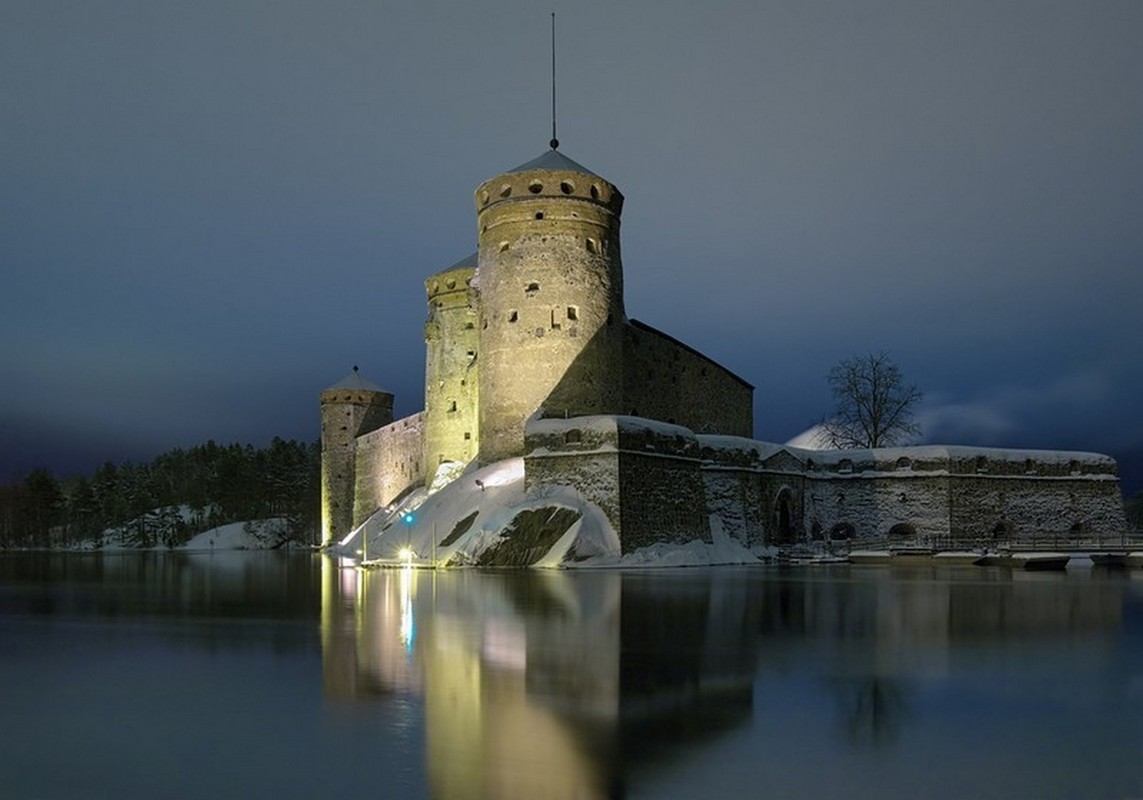5.7 Finnish landscapes are changing
Landscapes usually change so gradually and so slowly that we do not always see it. This is why it is difficult to observe the changes occuring in the environment around us. However, since our actions and decisions have a significant impact on the landscapes around us, it is useful to think about what kinds of environments we want to conserve for ourselves and for future generations.
Landscapes, places and buildings are all part of our cultural heritage. Samples of our cultural heritage are everywhere around us. Examples of cultural heritage include things like an object found in a museum, the frontyard of a house, a building, a road, an old car or a landscape of a small town. Cultural heritage can also take the form of art and stories that is transmitted from generation and generation. Our cultural heritage connects us to our ancestors and makes it possible for us to familiarize ourselves with our own cultures and those of other communities. Our cultural heritage changes constantly, and our present will become the cultural heritage of the following generations.

The Olavinlinna castle in Savonlinna.
Rural landscapes are an example of our disappearing cultural heritage. They are one of our many traditional landscapes or traditional biotopes. Rural landscapes and other traditional biotopes are conserved and sometimes recreated in national parks. By preserving our traditional biotopes, it is possible for us to understand where we come from.
 Traditional rural biotopes
Traditional rural biotopes
The landscapes of various industrial areas have also changed significantly during the 19th century due to the change in the nation's economic structure. Another example of our cultural heritage is preserved in the wooden neighborhoods of our oldest cities, as well as Finland's various castles and landmarks.
Landscapes, places and buildings are all part of our cultural heritage. Samples of our cultural heritage are everywhere around us. Examples of cultural heritage include things like an object found in a museum, the frontyard of a house, a building, a road, an old car or a landscape of a small town. Cultural heritage can also take the form of art and stories that is transmitted from generation and generation. Our cultural heritage connects us to our ancestors and makes it possible for us to familiarize ourselves with our own cultures and those of other communities. Our cultural heritage changes constantly, and our present will become the cultural heritage of the following generations.

The Olavinlinna castle in Savonlinna.
Rural landscapes are an example of our disappearing cultural heritage. They are one of our many traditional landscapes or traditional biotopes. Rural landscapes and other traditional biotopes are conserved and sometimes recreated in national parks. By preserving our traditional biotopes, it is possible for us to understand where we come from.
The landscapes of various industrial areas have also changed significantly during the 19th century due to the change in the nation's economic structure. Another example of our cultural heritage is preserved in the wooden neighborhoods of our oldest cities, as well as Finland's various castles and landmarks.